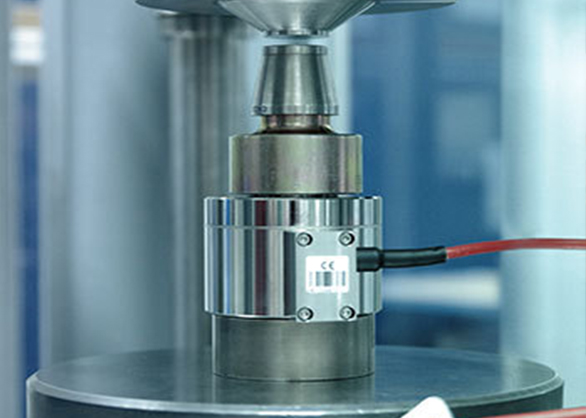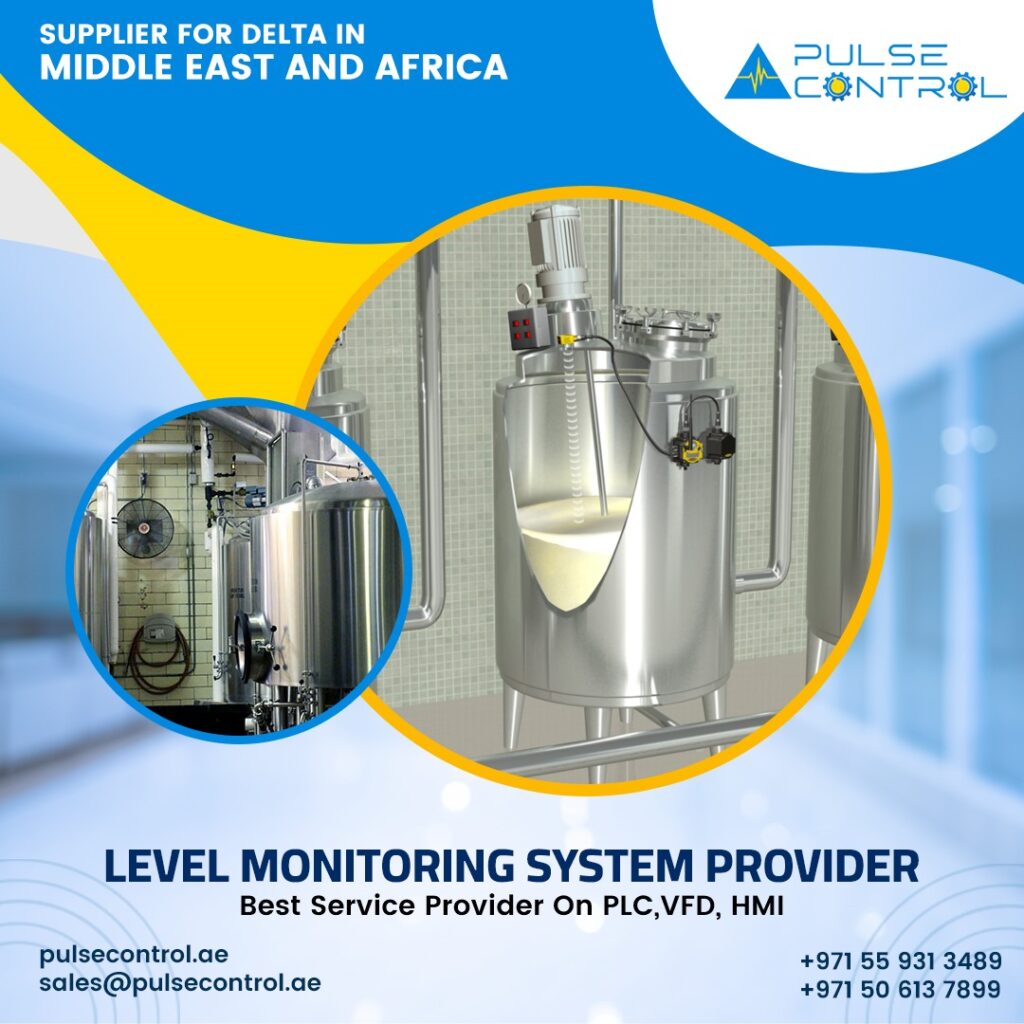
Loadcell Calibration services
Loadcell calibration is a critical process in ensuring the accuracy and reliability of weight measurement systems. A loadcell, which is a device used to convert force or weight into an electrical signal, is a vital component in various industries such as manufacturing, logistics, and healthcare. The accuracy of loadcells is paramount in ensuring that the data gathered is precise, consistent, and reliable. Without proper calibration, the weight measurements could be inaccurate, leading to errors in production, packaging, shipping, or even compromising the quality of healthcare equipment such as patient monitoring systems.
Pulse Control offers comprehensive loadcell calibration services, utilizing advanced techniques and state-of-the-art equipment to guarantee that loadcells perform optimally, meeting industry standards and ensuring measurement precision.
Pulse Control’s loadcell calibration services are performed using calibrated reference standards that are traceable to national and international standards, ensuring that results are accurate and consistent across different regions and applications. The company has a skilled team of technicians who specialize in the calibration of loadcells across various industries, from industrial applications like weighing scales and batching systems to healthcare devices that rely on precise weight measurements, such as medical beds or patient monitoring devices.
Through meticulous calibration procedures, Pulse Control ensures that each loadcell is correctly calibrated to ensure that the weight measurement system produces reliable and repeatable results. This attention to detail is critical in industries where precision is crucial for safety, compliance, and operational efficiency.
A significant advantage of Pulse Control’s loadcell calibration service is its commitment to offering tailored solutions to meet the unique requirements of each client. Whether it’s a simple loadcell used in a small scale or complex multi-loadcell systems integrated into large industrial applications, Pulse Control is capable of handling all types of calibration needs. The company also provides both on-site and off-site calibration services, offering flexibility for businesses that need minimal disruption to their operations.
On-site calibration is particularly advantageous for industries where downtime can result in significant losses, as Pulse Control technicians can perform the calibration without the need to remove the loadcell from the equipment. Furthermore, Pulse Control’s calibration services are not limited to initial calibration; they also offer recalibration services at regular intervals, ensuring that loadcells continue to provide accurate measurements throughout their lifespan.
Additionally, Pulse Control’s loadcell calibration services are aligned with regulatory standards, ensuring that clients can comply with relevant industry regulations and maintain certification. For industries such as food production, pharmaceuticals, and healthcare, where accuracy and compliance are non-negotiable, Pulse Control helps businesses adhere to required standards, whether it’s ISO, OIML (International Organization of Legal Metrology), or other industry-specific regulations.
This ability to provide compliant and traceable calibration services makes Pulse Control a trusted partner for companies looking to maintain operational integrity, ensure quality control, and safeguard safety across their processes.
By providing precise, efficient, and reliable loadcell calibration services, Pulse Control supports a broad range of sectors in ensuring their equipment operates at peak performance. This results in more accurate weight measurement, improved quality control, reduced error rates, and greater operational efficiency.
Whether in manufacturing, logistics, healthcare, or research, Pulse Control’s loadcell calibration services play a vital role in helping businesses achieve accuracy, compliance, and operational success.
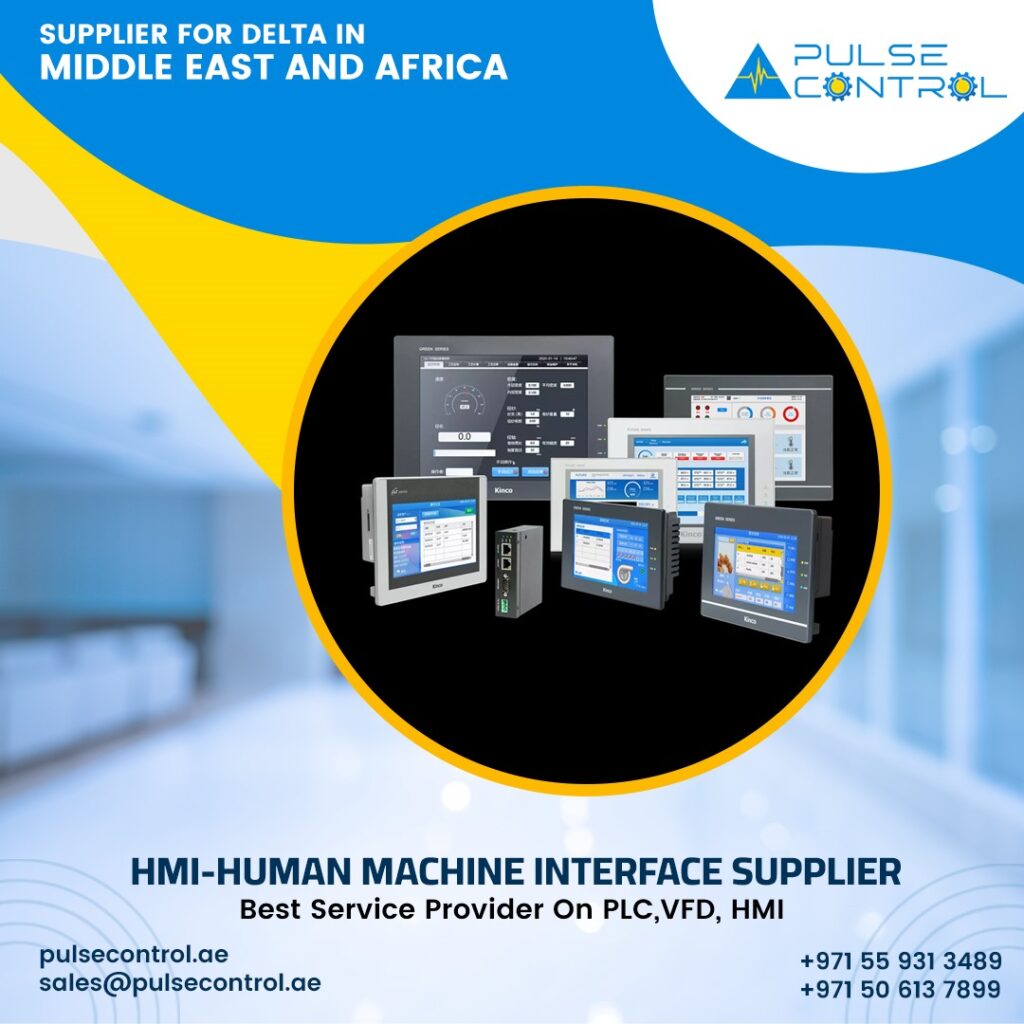
Relevance of Loadcell Calibration
Accuracy in Measurement: Loadcell calibration is crucial for ensuring that measurement systems provide accurate and consistent results. Calibration corrects any discrepancies in loadcell readings, ensuring the weight measured by the equipment aligns with actual values. This is particularly important in industries where precision is critical, such as manufacturing, healthcare, and logistics. Without proper calibration, the measurements could be skewed, leading to operational inefficiencies or product inconsistencies.
Operational Efficiency: By calibrating loadcells regularly, industries can prevent measurement errors that could disrupt production processes. For example, in manufacturing, inaccurate weight measurements can cause overuse or underuse of materials, affecting both product quality and production costs. Proper calibration optimizes workflows, minimizes waste, and ensures smooth operation, which directly contributes to higher productivity and cost savings. It also reduces the likelihood of downtime caused by faulty equipment, further enhancing operational efficiency.
Safety Compliance: Accurate weight measurements are essential for safety in various industries, such as logistics and healthcare. For instance, weighbridges used in transportation must be calibrated to avoid overloading, which could pose safety risks or damage infrastructure. Similarly, in healthcare, accurate weight measurements are vital for ensuring the correct administration of medication or treatment, particularly in sensitive environments like pediatric care. Calibration ensures that loadcells remain within safe operating limits, helping companies adhere to safety standards and protect both employees and customers.
Regulatory Compliance: Loadcell calibration helps businesses maintain compliance with local and international standards and regulations. In industries like pharmaceuticals, food production, and medical devices, precise weight measurements are governed by strict regulatory frameworks. Calibration ensures that measuring instruments remain accurate and comply with standards such as ISO or OIML (International Organization of Legal Metrology). Compliance with these regulations not only avoids fines and penalties but also ensures the trust of regulators, customers, and industry bodies.
Improved Product Quality: In manufacturing, particularly in sectors such as food production and pharmaceuticals, loadcell calibration is essential for ensuring the correct quantities of ingredients are used. If a loadcell is out of calibration, it can lead to incorrect product formulation, which can result in poor-quality products or safety issues. By ensuring accurate weight measurements, calibration helps companies maintain product consistency and quality, meeting customer expectations and reducing the risk of product recalls or safety concerns.
Cost Savings: Accurate calibration minimizes the risk of equipment failure and extends the life of loadcells. Over time, uncalibrated loadcells can drift, causing incorrect measurements that lead to more frequent repairs or replacements. Regular calibration ensures that loadcells continue to function correctly, reducing the need for costly repairs and system downtimes. By detecting and correcting any issues early, businesses can avoid significant costs associated with equipment malfunction, improving overall cost-effectiveness.
Enhanced Customer Satisfaction: Accurate measurements are integral to customer satisfaction, particularly in industries like logistics and retail. In logistics, accurate weight measurements ensure that customers are charged correctly for shipping and that cargo is balanced and loaded properly. In retail or manufacturing, loadcell calibration ensures that customers receive the correct quantities of products. By providing precise, reliable measurements, businesses can build customer trust and improve service delivery, which ultimately enhances customer loyalty and satisfaction.
Healthcare Accuracy: In healthcare, loadcell calibration ensures that devices such as patient scales, medical beds, and wheelchairs provide accurate weight readings. Accurate weight measurements are critical for monitoring patient health, dosing medications, and ensuring proper treatment. For example, weight-based dosing for infants or elderly patients can be life-critical, and even small discrepancies in weight readings can lead to dangerous consequences. Regular calibration ensures the reliability of these devices, helping healthcare providers deliver safe and effective care.
Equipment Longevity: Calibration helps detect early signs of wear and tear in loadcells, preventing more significant issues that could arise if the equipment is left unchecked. Regular calibration ensures that loadcells operate within their optimal performance range, reducing the risk of malfunction. By extending the lifespan of the equipment, businesses can avoid frequent replacements, reduce maintenance costs, and ensure the continued accuracy of their measurement systems over time.
Improved Inventory and Logistics Management: In logistics and supply chain management, loadcell calibration is essential for accurate weight measurements at various stages of the process, including on weighbridges, in shipping scales, and during inventory management. By ensuring accurate weight readings, companies can optimize the loading and unloading of cargo, improve space utilization, and minimize errors in weight-based shipping charges. This contributes to better inventory management, more accurate shipping costs, and efficient distribution, ultimately improving the supply chain’s overall performance.
loadcell calibration is a critical aspect of ensuring operational efficiency, safety, compliance, and product quality across a wide range of industries. It helps businesses maintain accurate measurement systems, reduce costs, and enhance customer satisfaction, while also contributing to long-term equipment performance and industry compliance.
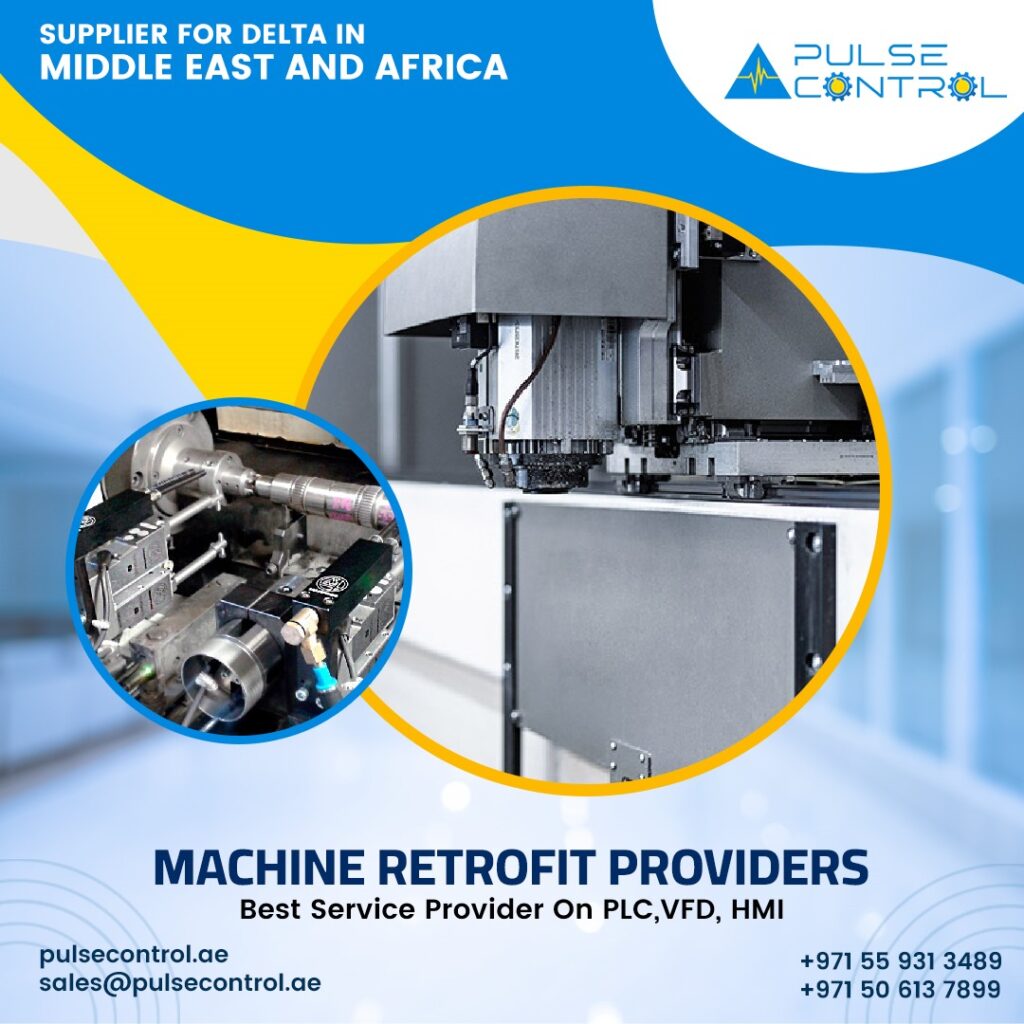
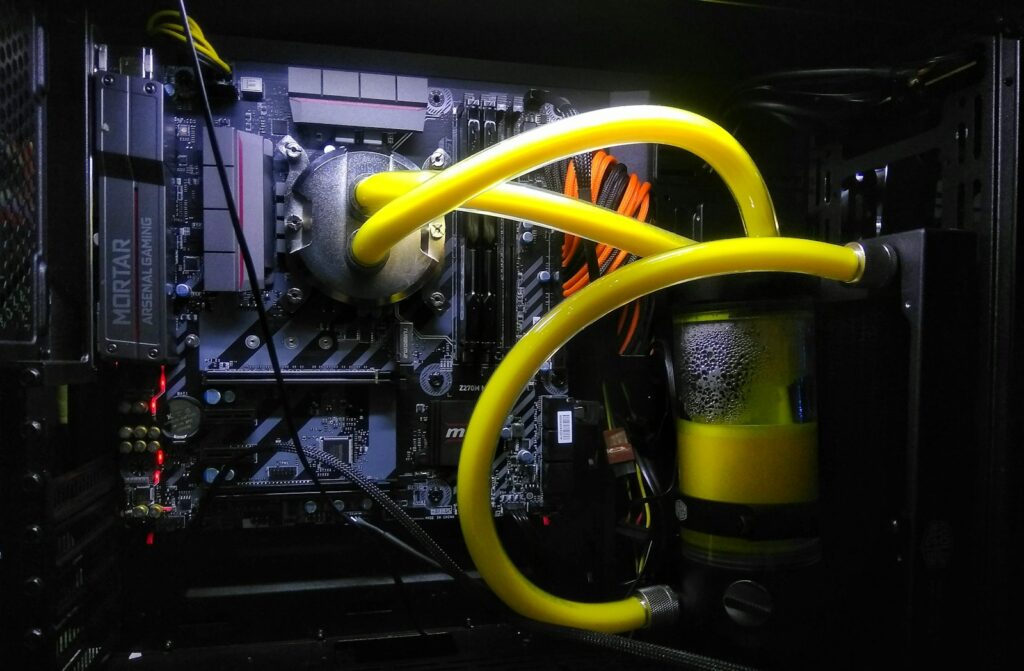
New Developments in Loadcell Calibration Technologies
Digital Loadcell Calibration: Traditional loadcell calibration methods often involved manual adjustment and physical weight standards. However, with the development of digital loadcells, calibration can now be performed with greater accuracy and speed through automated software. Digital loadcells have built-in microprocessors that allow for real-time data processing, making the calibration process more efficient and reducing human error. These systems often feature self-diagnostics and automatic error correction, improving overall reliability and simplifying the calibration process.
Wireless Calibration Systems: The introduction of wireless calibration systems has significantly improved the flexibility and ease of loadcell calibration. These systems use Bluetooth or Wi-Fi technology to transmit calibration data to a remote computer or mobile device, allowing technicians to perform calibration without direct physical connections to the loadcell. Wireless calibration is particularly beneficial in hard-to-reach areas or when calibrating multiple loadcells at once. Additionally, it reduces the risk of interference and the wear and tear associated with wired connections, improving the overall durability and maintenance of the equipment.
Software-Driven Calibration and Remote Monitoring: Modern loadcell calibration has shifted toward advanced software-driven solutions. Calibration software can be integrated with loadcell systems to automate the entire calibration process, providing step-by-step guidance for technicians and minimizing human error. These software tools can also generate detailed calibration reports and maintain historical records, which are crucial for compliance and auditing purposes. Remote monitoring capabilities allow calibration data to be accessed from anywhere, enabling technicians to troubleshoot issues, track performance, and ensure that loadcells remain within specified tolerances over time.
Loadcell Calibration Using Artificial Intelligence (AI) and Machine Learning (ML): Artificial intelligence (AI) and machine learning (ML) are beginning to play a role in enhancing loadcell calibration. AI algorithms can analyze vast amounts of data from loadcell performance, identifying subtle patterns that may be missed by human technicians. These systems can predict when recalibration is required based on environmental changes or system wear, making calibration more proactive rather than reactive. Machine learning can also help improve calibration accuracy by fine-tuning measurement systems over time, allowing for continuous performance optimization.
Integrated Calibration Solutions for IoT (Internet of Things): As the Industrial Internet of Things (IIoT) grows, loadcell calibration systems are increasingly being integrated with smart manufacturing and connected equipment. IoT-enabled loadcells can send data to a central control system for real-time calibration, diagnostics, and performance analysis. This connectivity allows for predictive maintenance and automated recalibration when necessary. IoT-based calibration systems also allow for remote diagnostics and the monitoring of loadcell performance across multiple locations, which is particularly useful for companies with global operations.
Precision Calibration with Nanotechnology: Nanotechnology is being explored as a way to enhance the precision of loadcell calibration. At the microscopic level, nano-scale materials can improve the sensitivity and accuracy of loadcell sensors, allowing for even finer measurements and more accurate calibration. This is especially important in industries that require extremely high-precision measurements, such as aerospace, pharmaceuticals, and nanotechnology manufacturing. Nanotechnology advancements could allow loadcells to detect even the smallest weight variations, making them more suitable for applications that demand the highest level of accuracy.
Portable Calibration Devices: New portable calibration devices have made it easier for technicians to calibrate loadcells on-site. These devices are compact, easy to use, and can be connected to various loadcell types for quick and efficient calibration. Portable devices often include built-in sensors for collecting data and can interface directly with mobile applications or laptops to perform calibration. This portability reduces downtime for businesses, as technicians can perform calibrations at the point of use, eliminating the need to transport equipment back to a central facility.
Enhanced Traceability and Certification: In response to increasing regulatory demands, new loadcell calibration technologies now provide enhanced traceability features. Modern calibration equipment often includes digital certificates, barcodes, and QR codes that link calibration data to specific loadcells. This enhances the ability to track calibration history, making it easier to demonstrate compliance during audits or inspections. Additionally, cloud-based storage systems allow businesses to maintain a digital archive of calibration certificates, ensuring that records are easily accessible and secure.
Automated Loadcell Testing Systems: Automated loadcell testing systems allow for continuous monitoring of loadcell performance and automatic adjustments. These systems use sensors and automated controls to continuously test loadcells under varying conditions, ensuring that they remain within calibrated parameters. Automated testing can be done while the loadcell is in operation, minimizing downtime and providing ongoing data to ensure optimal performance. This technology is particularly useful for high-volume production environments where constant monitoring is necessary to maintain accuracy.
Advanced Environmental Compensation: Temperature, humidity, and other environmental factors can affect loadcell accuracy, and compensating for these variations is a significant challenge in calibration. New loadcell technologies include advanced environmental compensation features that automatically adjust for temperature fluctuations, humidity changes, and mechanical stresses. These systems use built-in sensors to measure environmental conditions and adjust the calibration process accordingly, ensuring that loadcells perform consistently in diverse operating environments.
These new developments in loadcell calibration technologies reflect the growing demand for greater precision, efficiency, and automation across industries. As businesses continue to seek ways to optimize their operations, these advancements provide the tools necessary to maintain accurate measurements, reduce downtime, and meet stringent regulatory requirements.
